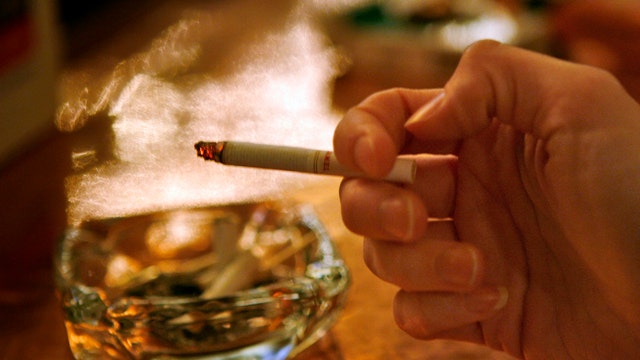'Third-hand smoke' could pose cancer-causing health risks
John Roberts reports on new research
New research out of the Lawrence Berkeley National Laboratory has found that the residue from smoking indoors – so-called “thirdhand smoke” – has the potential to cause cancer.
Almost all of us have experienced it – the stale ‘ashtray’ smell of a home, office, bar, restaurant or car where someone has been smoking. While the science is still in the early stages, researchers now believe that smell is much more than a nuisance. It is a combination of chemicals – some of which are carcinogenic – that are a threat to anyone living, working, or in the case of small children, playing in that space.
Bo Hang, at the Lawrence Berkeley lab, found that when nicotine in secondhand smoke reacts with nitrous acid in the air, it creates new compounds called nitrosamines. Hang discovered that these nitrosamines can bond to human DNA in a way that damages genes and gives rise to the potential for cells to become cancerous.
“Knowing how much carcinogens stay in a room when someone has been smoking in it, I think it is possible that thirdhand smoke may increase one’s risk of cancer," Suzaynn Schick, an expert on the effects of tobacco at the University of California, San Francisco, told Fox News. Schick collaborated with Hang on previous research.
Nitrosamines are just one of several toxic chemicals that precipitate out of secondhand smoke – coating walls, furniture, clothing and carpets. Infants and small children are at particular risk, as they crawl around through the residue and suck on fingers, toys and other objects.
“These tender young babies are mouthing and sucking on things that have carcinogens on them,” Schick said.
There is also evidence, Schick said, that the toxins may be absorbed through skin.
Other studies have shown thirdhand smoke has effects that go beyond cancer. Mice that lived in cages contaminated with the residue from smoking displayed behavioral changes and hyperactivity. Additionally, their wounds healed more slowly, and their lungs showed early signs of emphysema and chronic obstructive pulmonary disease – even though they never inhaled actual smoke.
According to Schick, adults and children who live with a smoker face a significant risk.
“When you live with someone who smokes, the fact that the smoke stays in the room – that thirdhand smoke is there all the time – means that your exposure doesn’t end when they put that cigarette out. You’re being exposed constantly,” Schick said.
And the effects can linger long after the smokers are gone. One study looked at children who moved into homes that were previously occupied by smokers. Research showed they had higher levels of nicotine in their blood than children who moved into non-smoking homes.
According to Schick, it is very difficult to get rid of thirdhand smoke, as washing walls is not very effective. Encapsulating the residue by painting over is a better idea. Furniture and carpets may need to be replaced to fully decontaminate an indoor space. However, there is evidence that using an ozone generator to reduce the ‘ashtray’ smell from smoking – a technique popular at hotels – can actually react with thirdhand smoke to create even more dangerous chemicals.
Bo Hang said his research gives powerful ammunition to the idea of banning all indoor smoking. Schick added that like lead paint, thirdhand smoke is a significant health hazard that should be required adding it to the list of disclosures when selling property.

